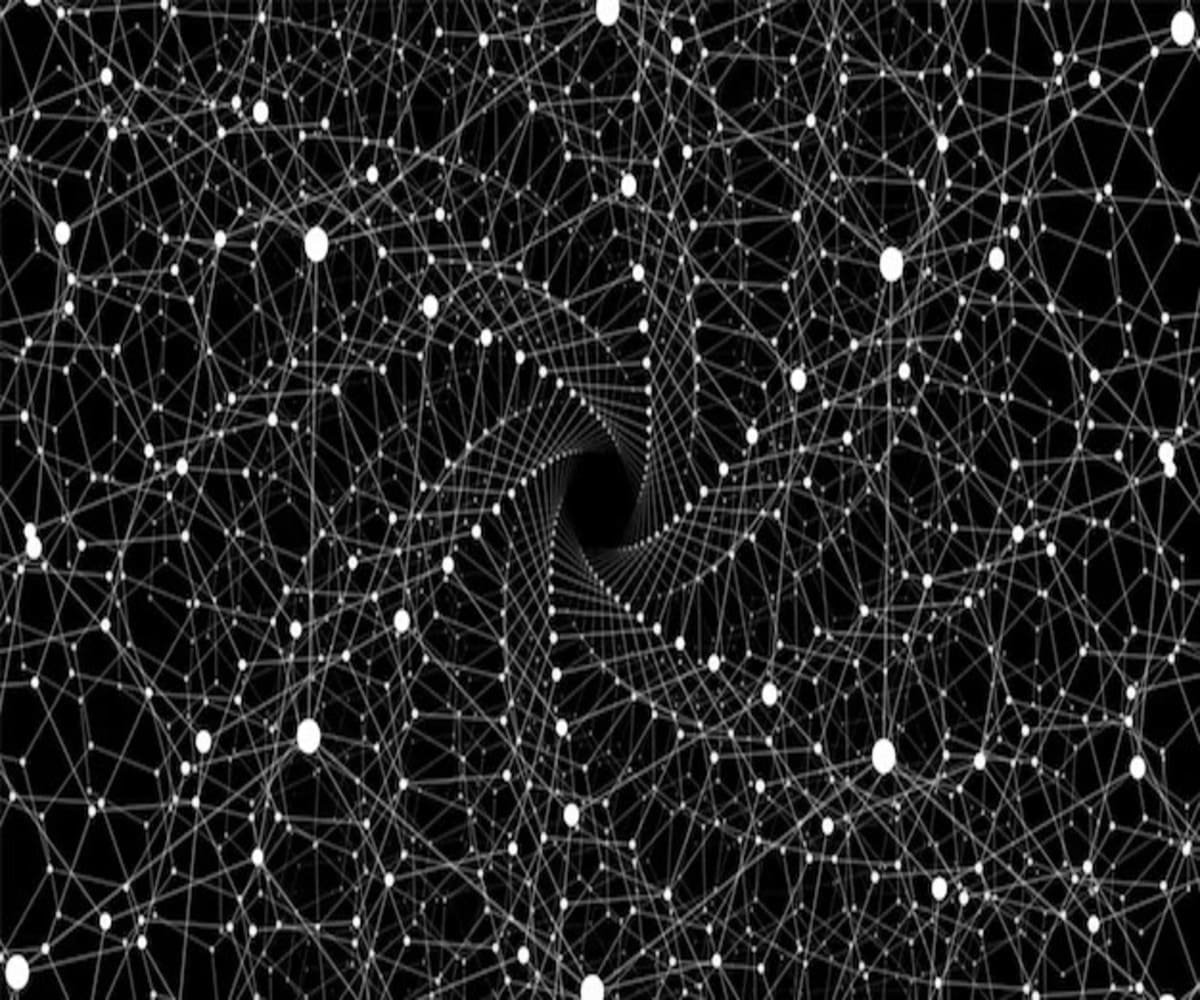Introduction to Convolutional Neural Networks (CNNs)
Convolutional Neural Networks (CNNs) are a class of deep learning models specifically designed for processing structured grid data, such as images. CNNs have revolutionized fields like computer vision, enabling advancements in image classification, object detection, and facial recognition.
What are Convolutional Neural Networks?
A Convolutional Neural Network (CNN) is a deep learning architecture that extracts spatial hierarchies of features from input data using convolutional layers. Unlike Feedforward Neural Networks (FNNs), CNNs maintain spatial relationships, making them ideal for visual data.
Key Features of CNNs
- Automated Feature Extraction: Identifies patterns in images without manual feature engineering.
- Spatial Hierarchy Learning: Captures local and global features through convolutional layers.
- Translation Invariance: Recognizes objects regardless of their position in the image.
- Parameter Sharing: Reduces the number of trainable parameters compared to fully connected networks.
- Efficient for Large-Scale Images: Reduces computational costs with pooling and shared weights.
Architecture of CNNs
CNNs consist of multiple layers, each playing a specific role in feature extraction and classification:
1. Convolutional Layer
- Applies filters (kernels) to the input image to extract feature maps.
- Captures edges, textures, and complex structures at different levels.
2. Activation Function (ReLU)
- Introduces non-linearity to enhance feature learning.
- Helps prevent vanishing gradient issues.
3. Pooling Layer
- Reduces spatial dimensions while retaining essential information.
- Types: Max Pooling (retains the most significant features) and Average Pooling (smoothens the feature map).
4. Fully Connected Layer (FC Layer)
- Converts extracted features into a final decision (e.g., classification label).
- Uses softmax or sigmoid activation for output interpretation.
5. Dropout Layer (Optional)
- Prevents overfitting by randomly disabling neurons during training.
How CNNs Work
Step 1: Input Image Processing
- The input image is passed through multiple convolutional layers to extract patterns.
Step 2: Feature Extraction
- Each convolutional layer detects progressively complex features.
Step 3: Pooling for Dimensionality Reduction
- Pooling layers reduce computational complexity while retaining crucial information.
Step 4: Classification via Fully Connected Layers
- Flattened feature maps are passed through FC layers for final classification.
Advantages of CNNs
- High Accuracy: Outperforms traditional machine learning methods for image-related tasks.
- Automated Feature Learning: Removes the need for manual feature engineering.
- Robust to Variations: Can detect objects despite changes in size, rotation, or background.
- Reusable Filters: Pre-trained models (e.g., VGG, ResNet) can transfer knowledge across applications.
Use Cases of CNNs
1. Image Classification
- Recognizes objects, animals, and handwritten digits (e.g., MNIST, CIFAR-10 datasets).
2. Object Detection
- Identifies objects within images (e.g., YOLO, Faster R-CNN).
3. Facial Recognition
- Detects and verifies faces in security and social media applications.
4. Medical Imaging
- Analyzes MRI scans, X-rays, and CT images for disease diagnosis.
5. Autonomous Vehicles
- Used in self-driving cars for detecting pedestrians, traffic signals, and road conditions.
Challenges & Limitations of CNNs
- Computationally Intensive: Requires high processing power, especially for large datasets.
- Large Training Data Requirements: Needs vast labeled datasets for accurate learning.
- Vulnerability to Adversarial Attacks: Small perturbations in images can mislead CNN predictions.
- Overfitting Risks: Requires techniques like dropout and data augmentation to generalize well.
Conclusion
Convolutional Neural Networks (CNNs) are the backbone of modern computer vision, excelling in tasks like image classification, object detection, and medical diagnosis. Their ability to extract hierarchical features makes them indispensable for deep learning applications. Despite computational challenges, CNNs continue to evolve, pushing the boundaries of AI-powered visual recognition systems.

